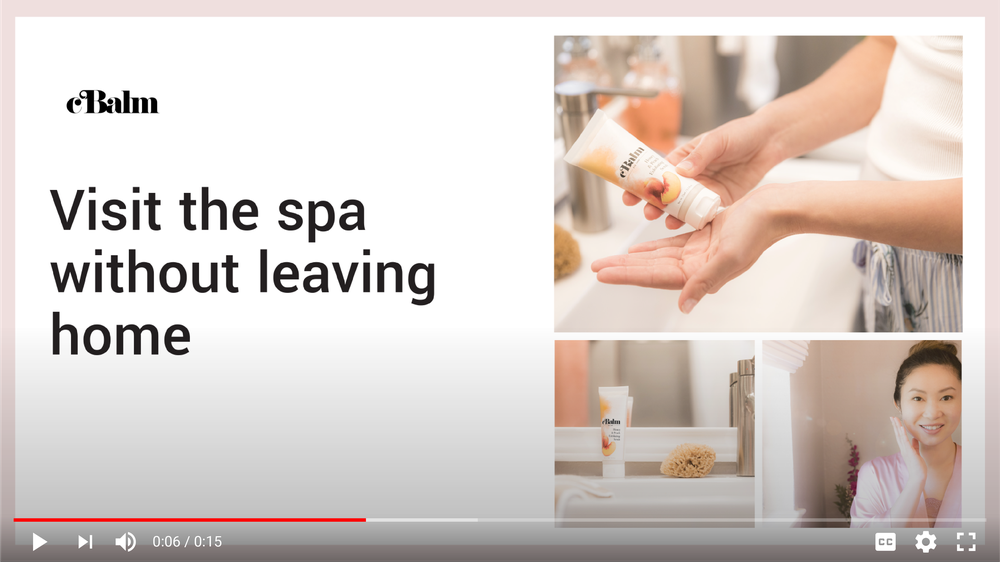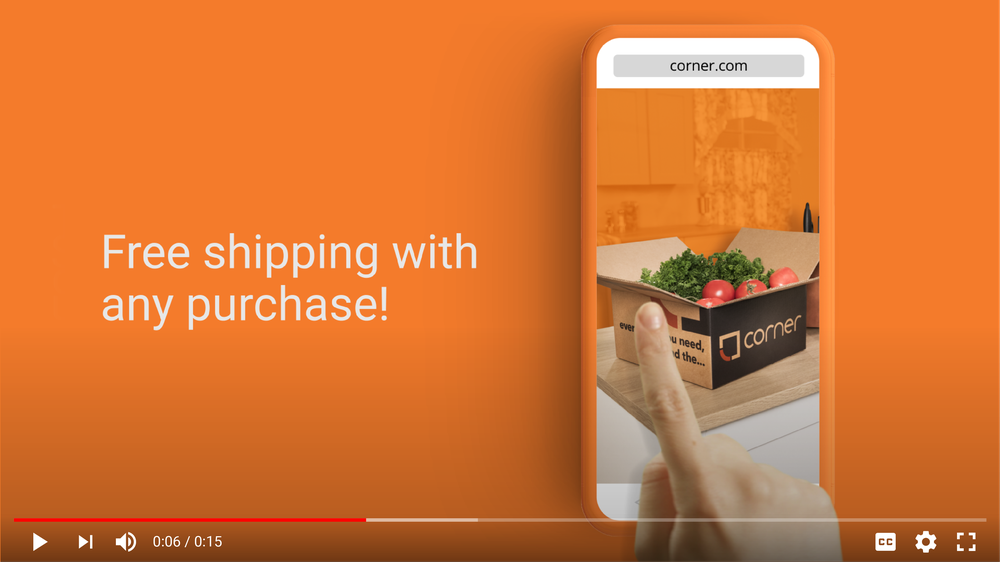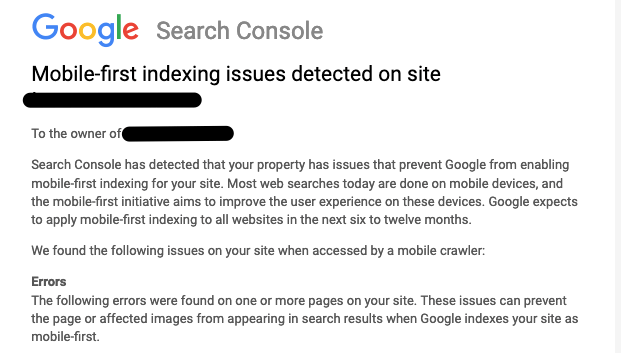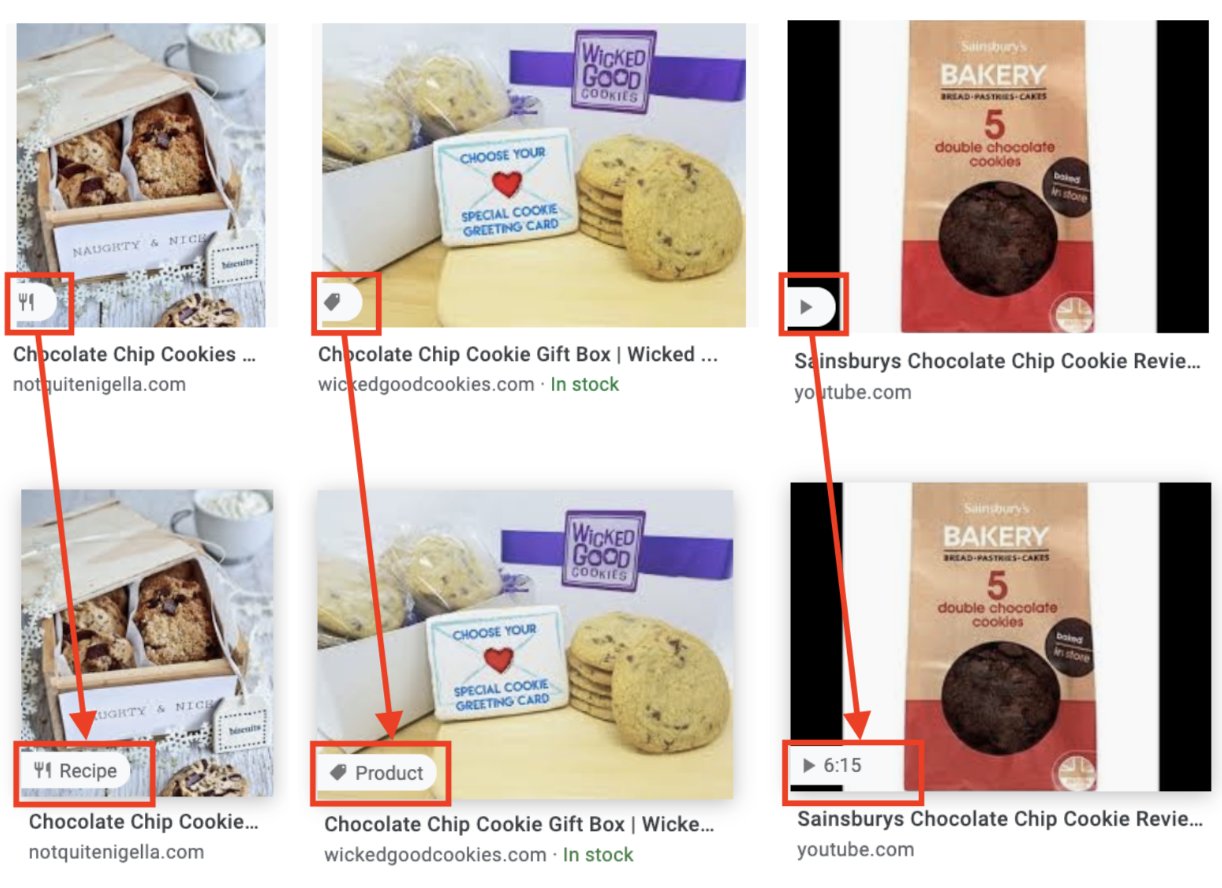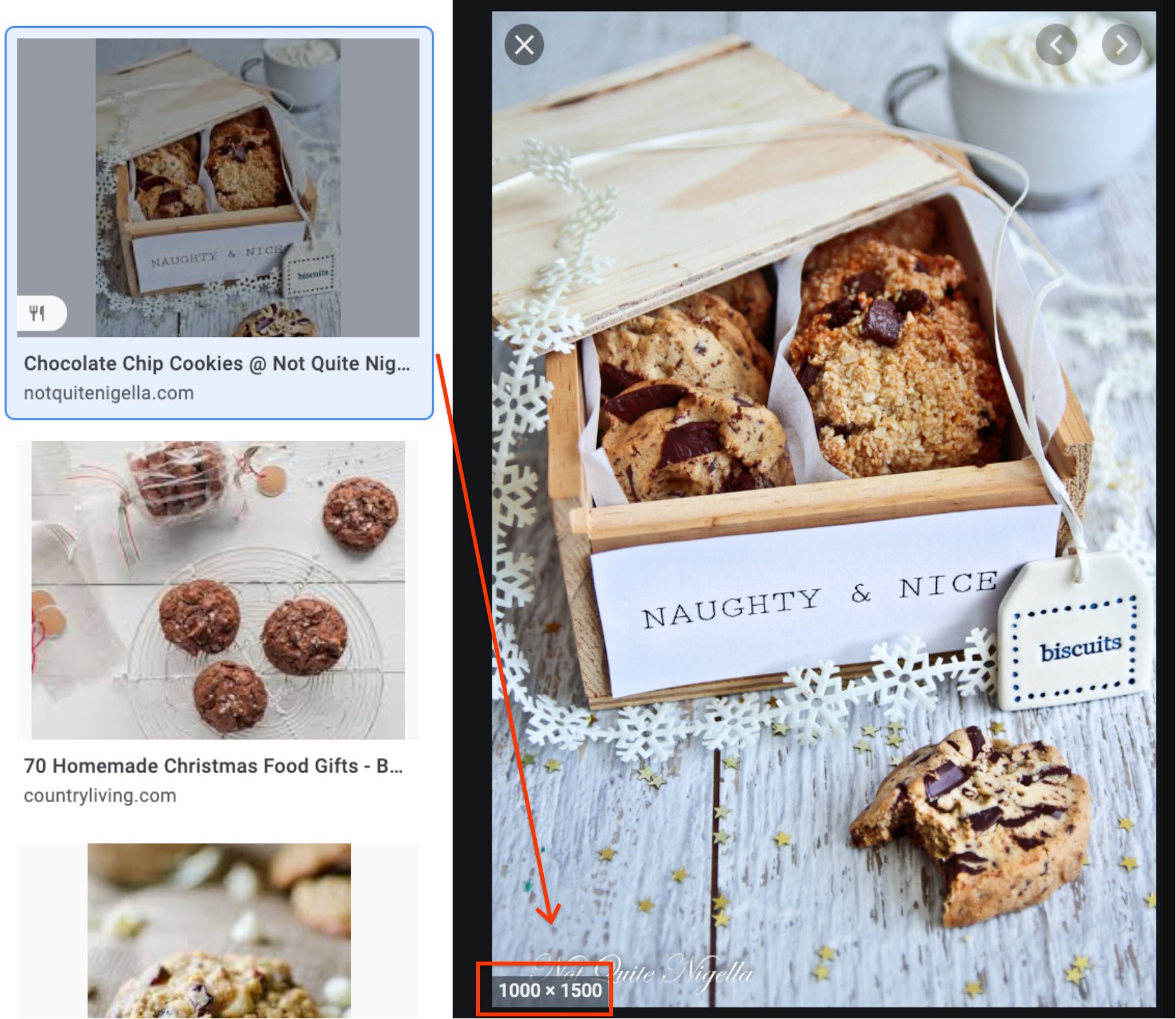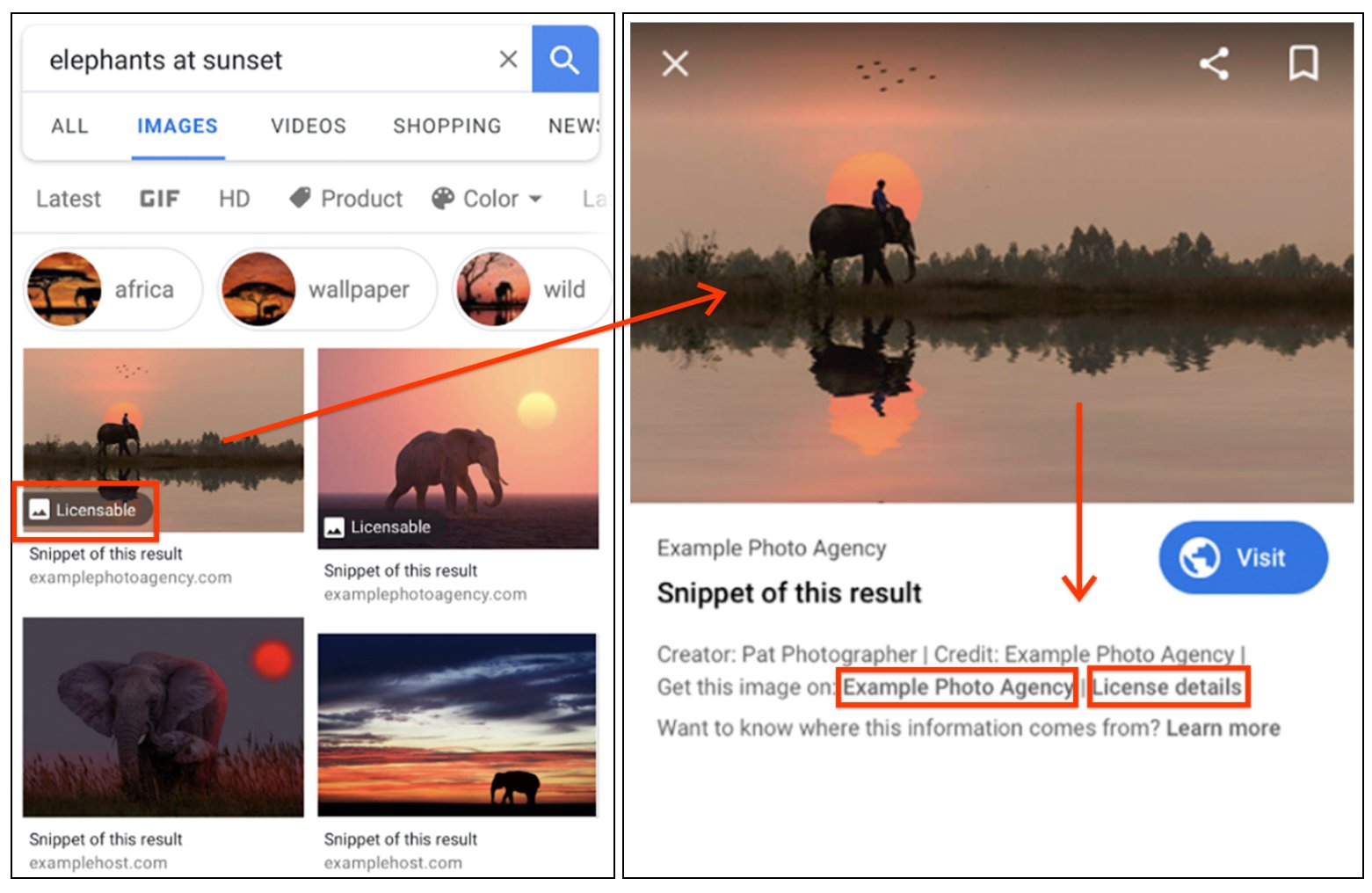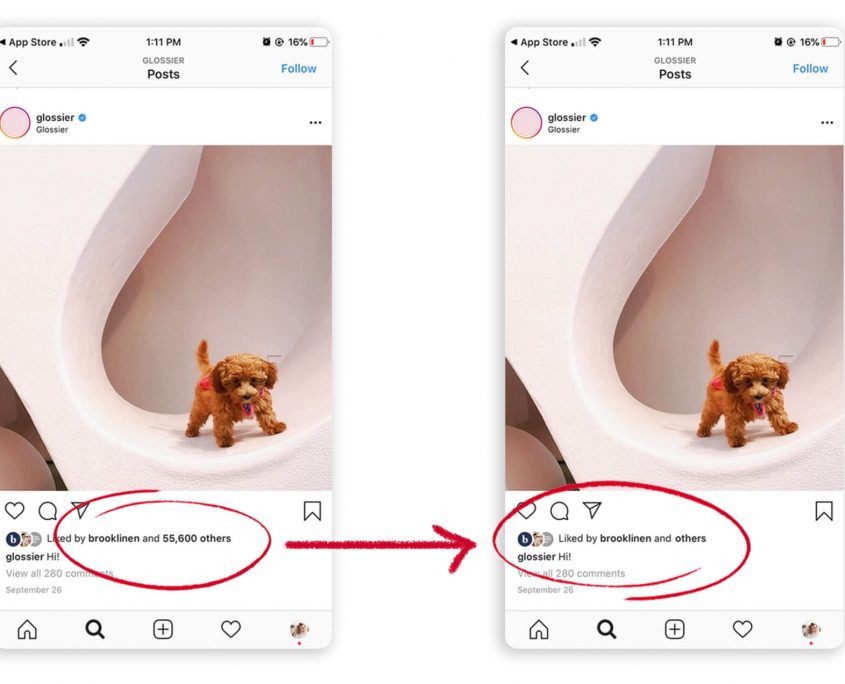Brands around the world can now easily advertise on one of the fastest growing social networks, as TikTok announced this week it is rolling out its new self-serve advertising service to all.
With the new service, advertisers in every country can create and publish their own ads without the need for contacting a representative or signing a contract.
In the announcement, Blake Chandlee, Vice President of Global Business Solutions for the company said:
“TikTok’s immersive, short-form videos give businesses a platform to participate and engage with a community known for its creativity, ingenuity, and joy. As our marketing solutions scale and evolve, we’re continuously building for the future and aiming to meet the growing needs of our partners. We’re excited to continue supporting our community by providing the tools and resources for SMB owners to navigate these challenging times.”
The service includes built-in tools for creative, targeting, and flexible budgeting. In the future, the company says it will also be creating business accounts which provide access to more in-depth tools. For now, details are limited on when this might occur or what the tools may offer.
What TikTok Has To Offer Brands
Although TikTok has been around for a few years now, brands have been slow to show interest in the platform for a variety of reasons. Like Snapchat, TikTok’s users have tended to be younger and thus had little to no disposable income.
Over the past two years, however, that has changed.
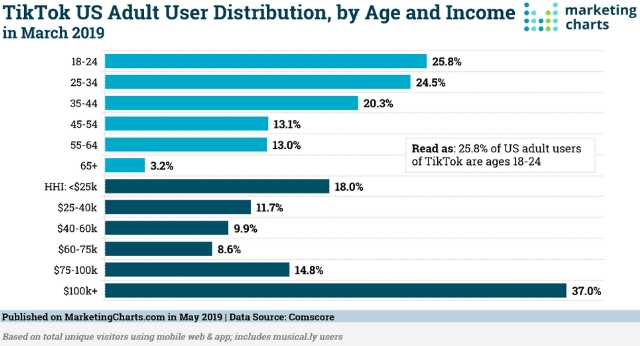
TikTok has exploded in users, especially within the highly desirable over-25 age group. Even more interesting, analysis suggests that TikTok users have money to burn. More than a quarter (37%) of users have a combined household income over $100,000.
Back to Business Ad Credits
At the same time TikTok announced its ad service, the company also revealed a new initiative to give $100 million in advertising credits to small businesses who may have been affected by the COVID-19 pandemic.
Interested users can apply in the Business portal.
What Ads Are Available
Currently, TikTok offers five different types of ads for brands. They range from the standard post-type ads which can appear in the “For You” area of the app to branded hashtags and image effects.
The ads currently available include:
TopView Ads – Up to 60 second long video ads which appear immediately as a user opens TikTok.
Brand Takeovers – Shorter video or image ads which function similarly to TopView Ads but are only shown for up to 5 seconds.
In-Feed Ads – Traditional ad units which appear for up to 60 seconds and function like standard posts, including the ability to comment and share.
Branded Hashtag Challenges – Want to take over a specific hashtag? Here’s your place. The ad unit allows you to create a unique aggregated feed of user content all related to a single branded hashtag for up to 6 days.
Branded Effects – In a challenge to Snapchat’s Lenses, TikTok is introducing a number of camera effects, filters, and stickers users can apply on their own pictures and videos.

